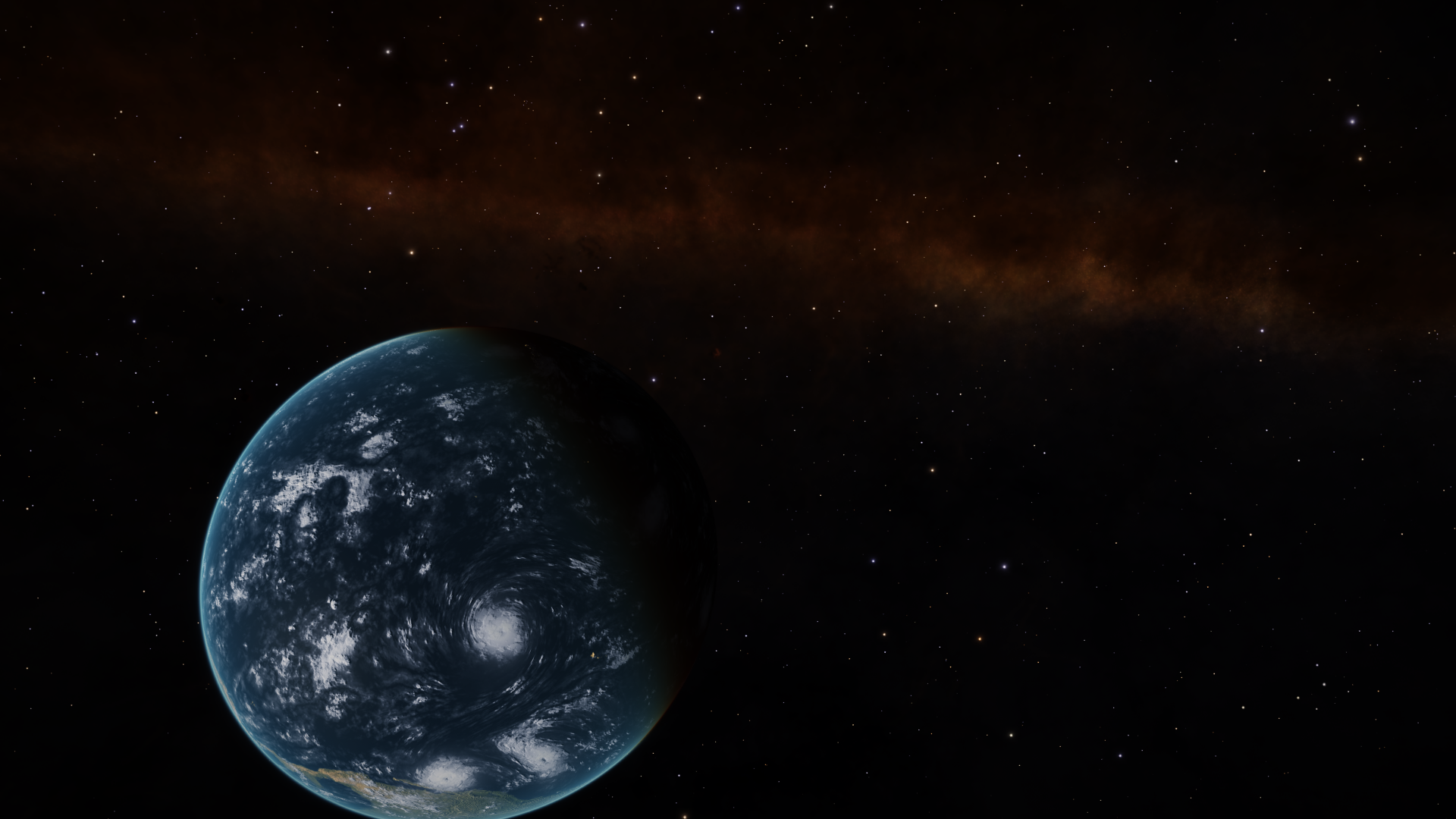Plus the complaint is that the multiple sources colour things.
You can also do this test on a clear day. Stand with your back to the sun. Look at the blue sky.
The interstellar medium is rarer than the interplanetary one. The aurorae happen because empty space still has a lot of cruft in it.
And, if you're lucky with low light pollution, you can see the sun's lights long after it is hidden from view. Google for pictures of "Zodiacal light" to see people lucky enough to see the sun illuminating "empty space".
Your firsrt statement is factually incorrect. The complaint is not that multiple sources color things. It has nothing to do with the rendering of lights. The scene is fully rendered,taking into account all active light sources, before the postprocessing happens. In the postprocessing is an overapplied color gradient, based on the local star color. This applies the color gradient to everything, not just those elements of the scene which would be impacted by the local stars light. Because that color gradient is too intensely applied this creates obvious visual artefacts, the worst of which is tinting the skybox.
There is nowhere in ED where the effects that cause a blue sky would be visible. That is atmospheric scattering of sunlight alone and we can't land on atmospheric planets yet. Your second statement is therefore irrelevant as there is no scene yet rendered in ED where any aspect of this effect should be implemented.
Your third point is unfortunately also bogus. Yes the interstellar medium is rarer than the interplanetary one. Neither is dense enough to reflect light in significant quantities to even compare to the light from a directly observed visual-magnitude distant star. ED does enhance this a little to intensify the density and colors of nebulae but even this enhancement is insufficient to cause any kind of reflective haze in interplanetary OR interstellar space. As for why the aurorae happen you're just wrong. The energetic charged particles of the solar wind interacting with a planetary magnetic field are why aurorae happen. They emit light because those particles are impacting the atmosphere at high energies. The "lot of cruft" in "empty space" does not contribute to the aurorae one bit.
Only your 4th point, regarding zodiacal light, is correct - zodiacal light is reflected from space dust. Which only concentrates sufficiently well to be visible at all
within the orbital plane of the system. So, while you are correct that "empty" space can reflect light is true enough an overall color gradient wash does not simulate this in any meaningful way.






